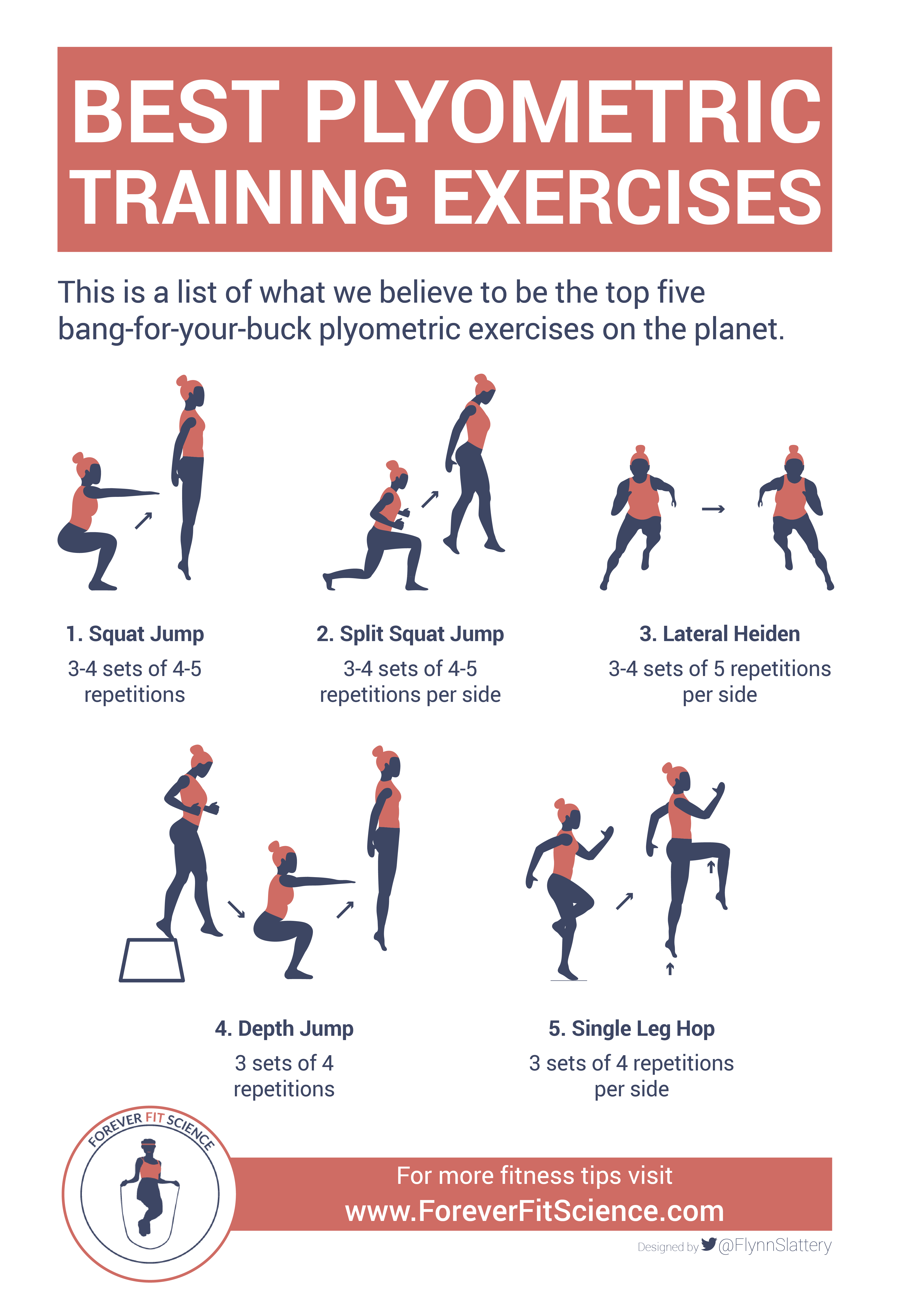A Guide to Easy Plyometric Workouts for Beginners
You’ve heard the term “plyometrics” thrown around in sport.biz.id/category/fitness’>fitness circles, probably accompanied by images of athletes leaping onto boxes or bounding across a field. It sounds intimidating, but the truth is, plyometrics can be for everyone, even beginners. This guide is your starting point, a deep dive into what plyometrics are, why they’re so effective, and a comprehensive workout plan to get you started safely and effectively. We’ll focus on easy-to-follow exercises that build a strong foundation, helping you harness explosive power without risking injury.
What Exactly Are Plyometrics?
Let’s break down the jargon. Simply put, plyometrics, also known as “jump training,” are exercises that involve rapid, powerful muscle contractions. The goal is to stretch a muscle and then immediately contract it as forcefully as possible. This process is called the “stretch-shortening cycle.” Think of a rubber band: you stretch it back (the eccentric phase), and when you let go, it snaps forward with incredible speed and force (the concentric phase). Your muscles work in a similar way.

This type of training isn’t just about jumping high; it’s about improving your body’s ability to react quickly and powerfully. It trains your nervous system to fire more efficiently, leading to a host of benefits that go far beyond just being able to jump.
Why Should a Beginner Try Plyometrics?
The benefits of incorporating plyometrics into your routine are extensive, even at a beginner level.
1. Increased Power and Speed: The most obvious benefit is the development of explosive power. This translates directly to improved performance in sports, whether you’re a runner, a basketball player, or just someone who wants to be more agile in everyday life. You’ll feel a new level of spring in your step.
2. Improved Calorie Burn: Plyometric exercises are high-intensity by nature. They get your heart rate up quickly and keep it there, making them incredibly effective for burning calories and supporting weight management goals.
3. Enhanced Muscle Strength and Tone: While they’re not traditional strength training, plyometrics build strength in a unique way. They challenge your muscles to absorb and generate force, leading to improved muscle fiber recruitment and overall strength, particularly in your legs, glutes, and core.
4. Better Balance and Coordination: The quick, dynamic movements of plyometrics force your body to stabilize and control itself. This leads to better balance, coordination, and proprioception (your body’s awareness of its position in space), which can help prevent falls and injuries.
5. Bone Density Improvement: The impact of jumping exercises puts a controlled stress on your bones, which signals your body to build more bone tissue. This is crucial for long-term health and can help prevent conditions like osteoporosis.
6. Functional Fitness: Plyometrics are about training your body to move as a cohesive unit. The exercises mimic real-world movements like running, jumping, and quickly changing direction, making you more capable and confident in your daily activities.
Safety First: The Beginner’s Golden Rules
Before you start, it’s crucial to understand that form and safety are paramount. Rushing into advanced moves is a recipe for injury.
Warm Up Properly: Never jump into plyometrics cold. A dynamic warm-up that includes jogging, leg swings, and bodyweight squats is essential to prepare your muscles and joints.
The Beginner Plyometric Workout Plan
This workout is designed to be a safe and effective introduction to plyometrics. Perform each exercise with control and focus on your form. Aim to complete this workout 2-3 times per week, with at least a day of rest in between.
Warm-up (5-10 minutes):
The Workout:
Perform 2-3 sets of each exercise with a 60-90 second rest between sets.
1. Squat Jumps (Low Impact)
2. Box Jumps (Very Low Box or Step)
3. Bounds (Forward)
4. Skaters
5. High Knees in Place
6. Jump Lunges (Modification)
Progression and Next Steps
As you get more comfortable with these exercises, you can progress by:
Increasing Reps and Sets: Once you can easily complete 3 sets of 12 reps with perfect form, you can add another set or a few more reps.
Conclusion: A Strong Foundation for a Powerful You
Plyometrics, for all their intimidating names and images, are simply a powerful tool for building a stronger, faster, and more athletic body. Starting with these easy, low-impact exercises is the smart and safe way to begin. By focusing on perfect form, listening to your body, and gradually building your strength, you’ll be well on your way to unlocking a new level of explosive power and fitness. So, lace up your sneakers, find some open space, and get ready to feel the spring in your step. Your journey to a more powerful you starts now.



